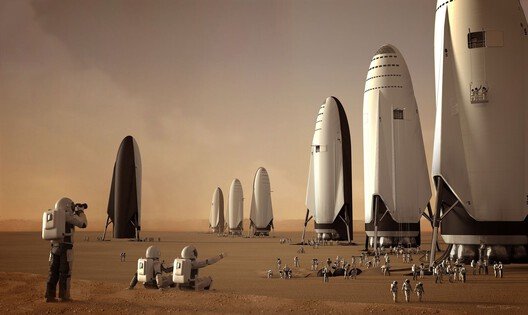
Mars Mission 2025
Description:
At an average distance of approximately 140 million miles from Earth, Mars stands out as one of our closest and most promising habitable neighbors in the solar system. Although it's farther from the Sun than Earth—about 1.5 times the distance—Mars still receives a fair amount of sunlight, enough to support various energy solutions and possibly even agriculture in the future. While the Martian climate is certainly cold, modern technology and scientific innovations give us the ability to artificially warm the planet to make it more suitable for human life. Mars' atmosphere is predominantly composed of carbon dioxide (CO₂), with minor components of nitrogen, argon, and traces of other gases. Interestingly, this composition provides potential for growing plants by utilizing greenhouse techniques or even by compressing the Martian atmosphere to create habitable biodomes. Though not currently breathable, this atmosphere is still usable for producing oxygen and supporting sustainable life systems. One of the most fascinating aspects of Mars is its gravity, which is about 38% that of Earth. This means that a person who weighs 100 kg on Earth would weigh only 38 kg on Mars. As a result, tasks involving lifting or moving heavy objects would be significantly easier, and humans would experience a sense of lightness, making movement and mobility more efficient—perhaps even fun! Even the Martian day, often called a "sol," is incredibly close in length to a day on Earth, lasting approximately 24 hours and 39 minutes. This similarity means that our biological clocks could more easily adapt to life on Mars compared to other planets. All of these factors combined—distance, sunlight, atmosphere, gravity, and day length—make Mars one of the most exciting candidates for future human colonization and exploration.
Explore Leads